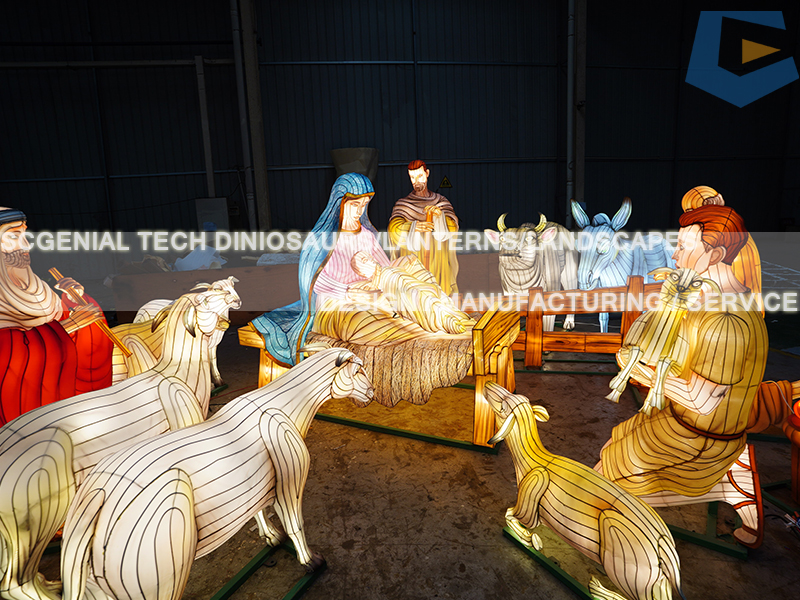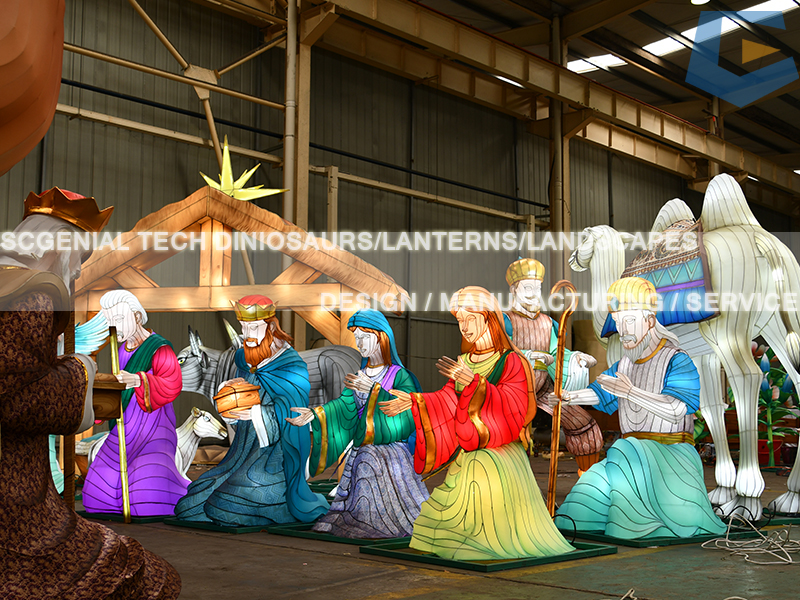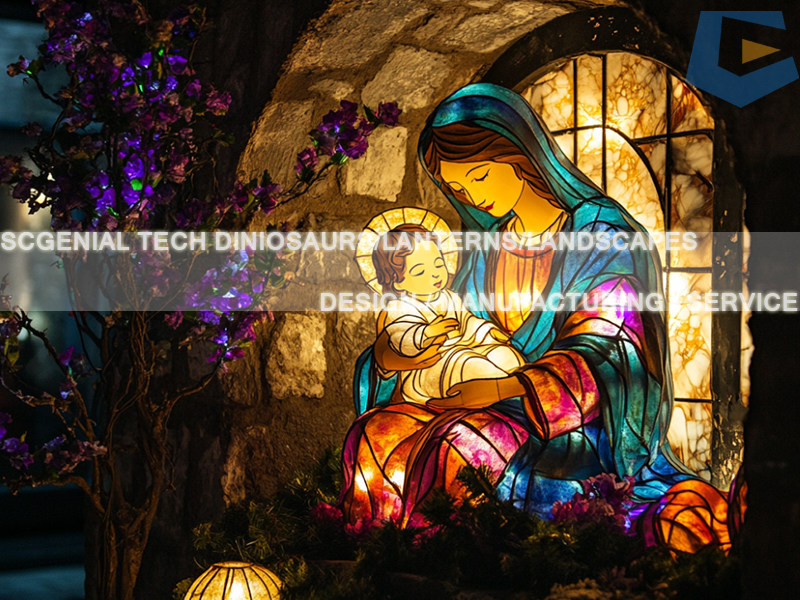
In the tapestry of global cultures, few phenomena are as intriguing and beautiful as the confluence of diverse traditions. Among these, the intersection of Chinese lantern craftsmanship and Christian civilization stands out as a particularly enchanting example. This blend not only highlights the aesthetic beauty inherent in both traditions but also showcases the potential for mutual enrichment when cultures engage with one another.


Chinese lantern craftsmanship, with its roots deeply embedded in centuries-old traditions, stands as a testament to the ingenuity and artistic flair of the Chinese people. These lanterns, often crafted from delicate paper or silk, adorned with intricate patterns and vibrant colors, have long symbolized festivity, prosperity, and the triumph of light over darkness. They grace festivals, weddings, and other joyous occasions, casting a warm glow that seems to dance in celebration of life’s milestones.
On the other side of the world, Christian civilization, with its profound spiritual teachings centered around love, forgiveness, and the divine light, has also used symbols of illumination—candles, stained glass windows, and lanterns—to represent hope, guidance, and the presence of God. The act of lighting a candle or a lantern during prayers or ceremonies signifies the quest for enlightenment and the dispelling of ignorance and darkness.
The beautiful collision between these two cultures manifests itself in various forms. In some regions where Christianity has taken root, Chinese lanterns find new meaning and purpose. During Christmas, for instance, they might be hung alongside traditional ornaments, their soft glow merging with the twinkling lights of the tree, creating a tableau that speaks of both Eastern and Western heritages coming together in peaceful coexistence. Similarly, in communities celebrating cultural diversity, lantern festivals might incorporate hymns or readings from the Bible, blending the visual spectacle of Chinese artistry with the spiritual depth of Christian teachings.
This convergence is more than just a visual feast; it’s a dialogue between two civilizations that, despite their apparent differences, share common values of beauty, hope, and the pursuit of a higher light. It teaches us that cultural exchange need not erase individual identities but rather enhance them, creating a mosaic where each piece retains its uniqueness while contributing to a larger, more vibrant whole.
In conclusion, the encounter between Chinese lantern craftsmanship and Christian civilization exemplifies the power of cultural synthesis. It reminds us that in our interconnected world, the blending of diverse traditions can lead to breathtaking creations that enrich our lives and deepen our appreciation for the manifold expressions of humanity’s quest for meaning and connection. Through such beautiful collisions, we are reminded that light, in all its forms, has the incredible ability to unite, inspire, and transform.





